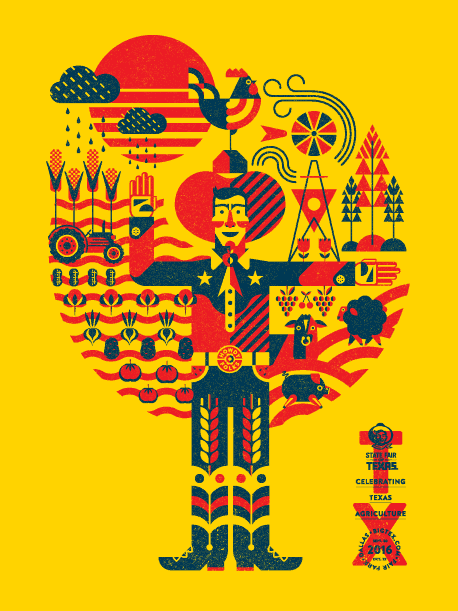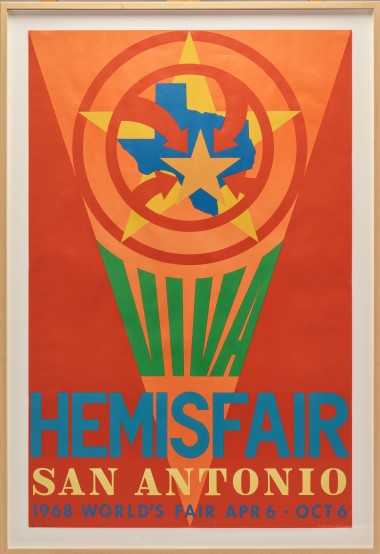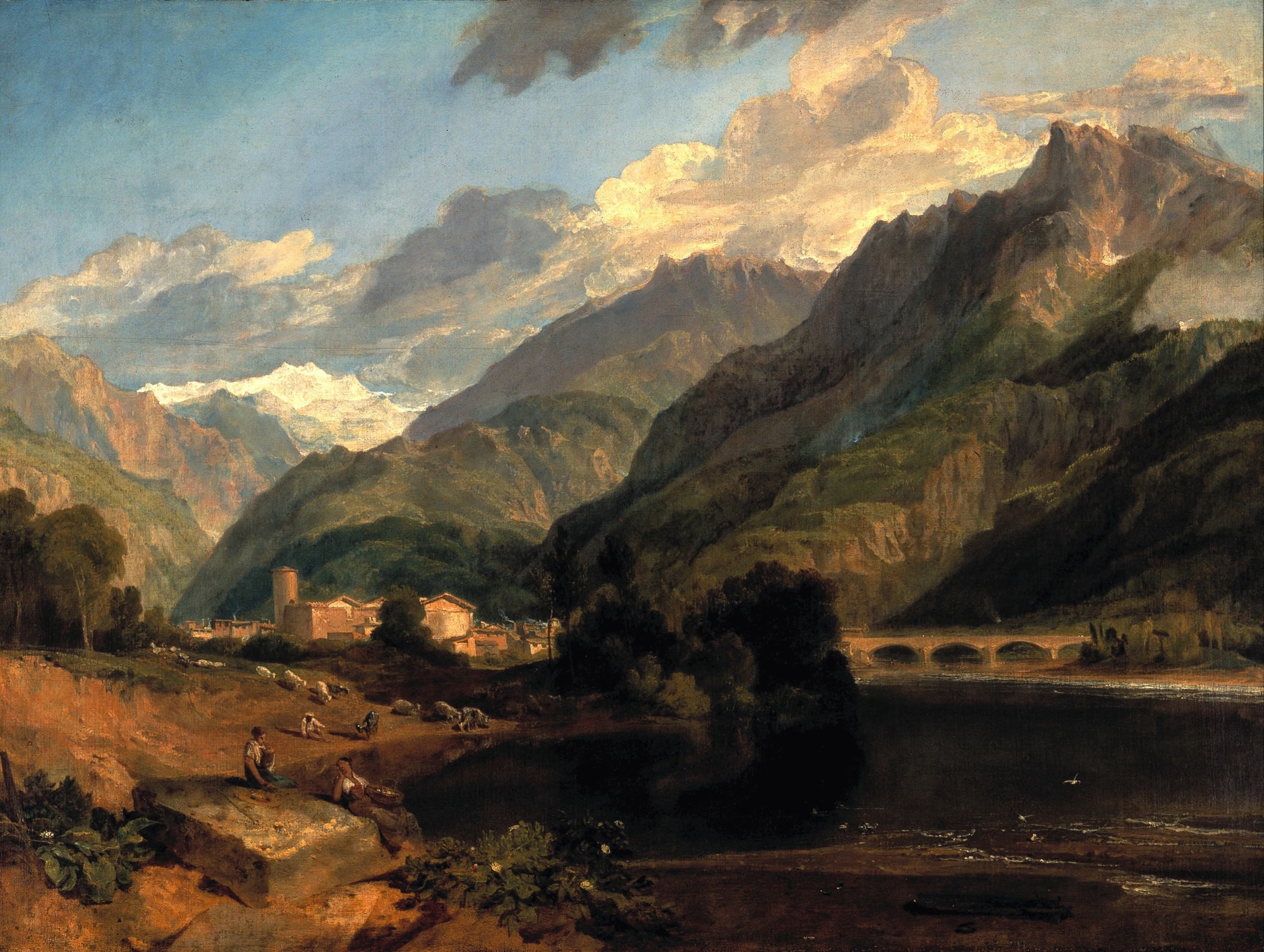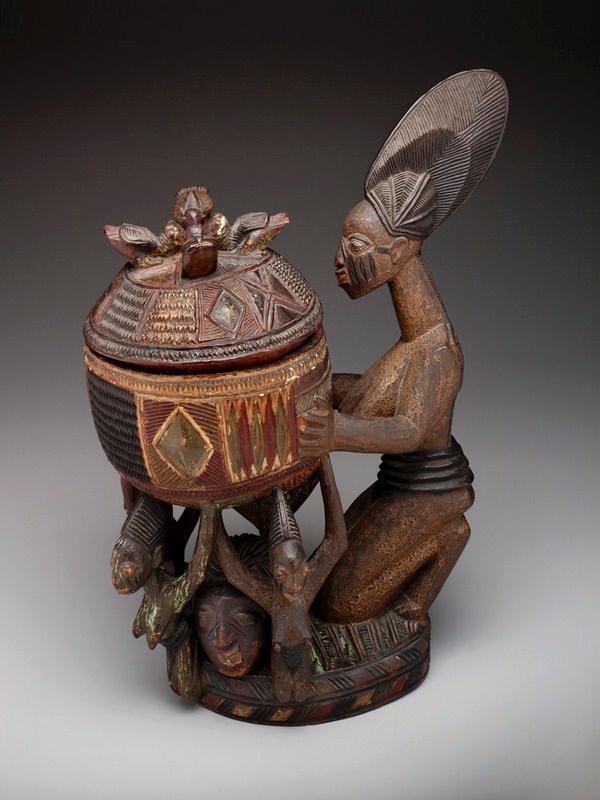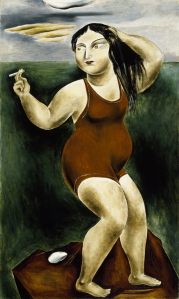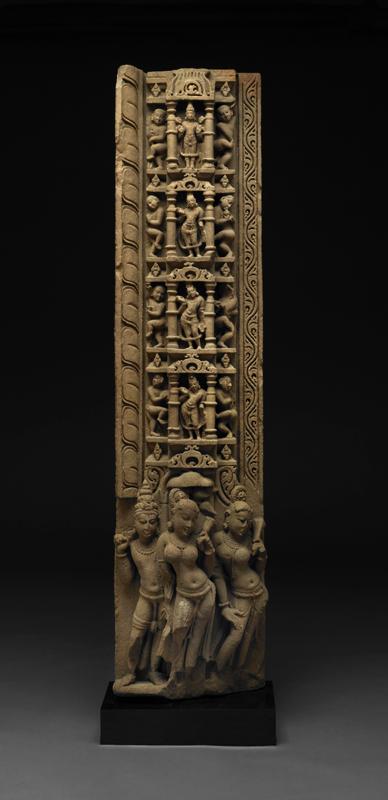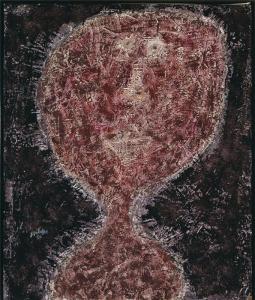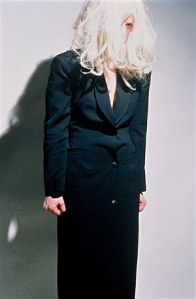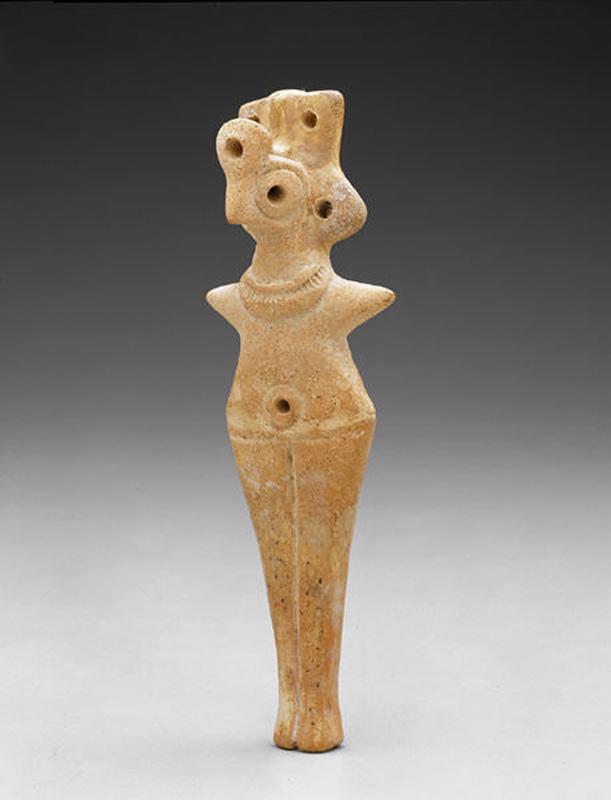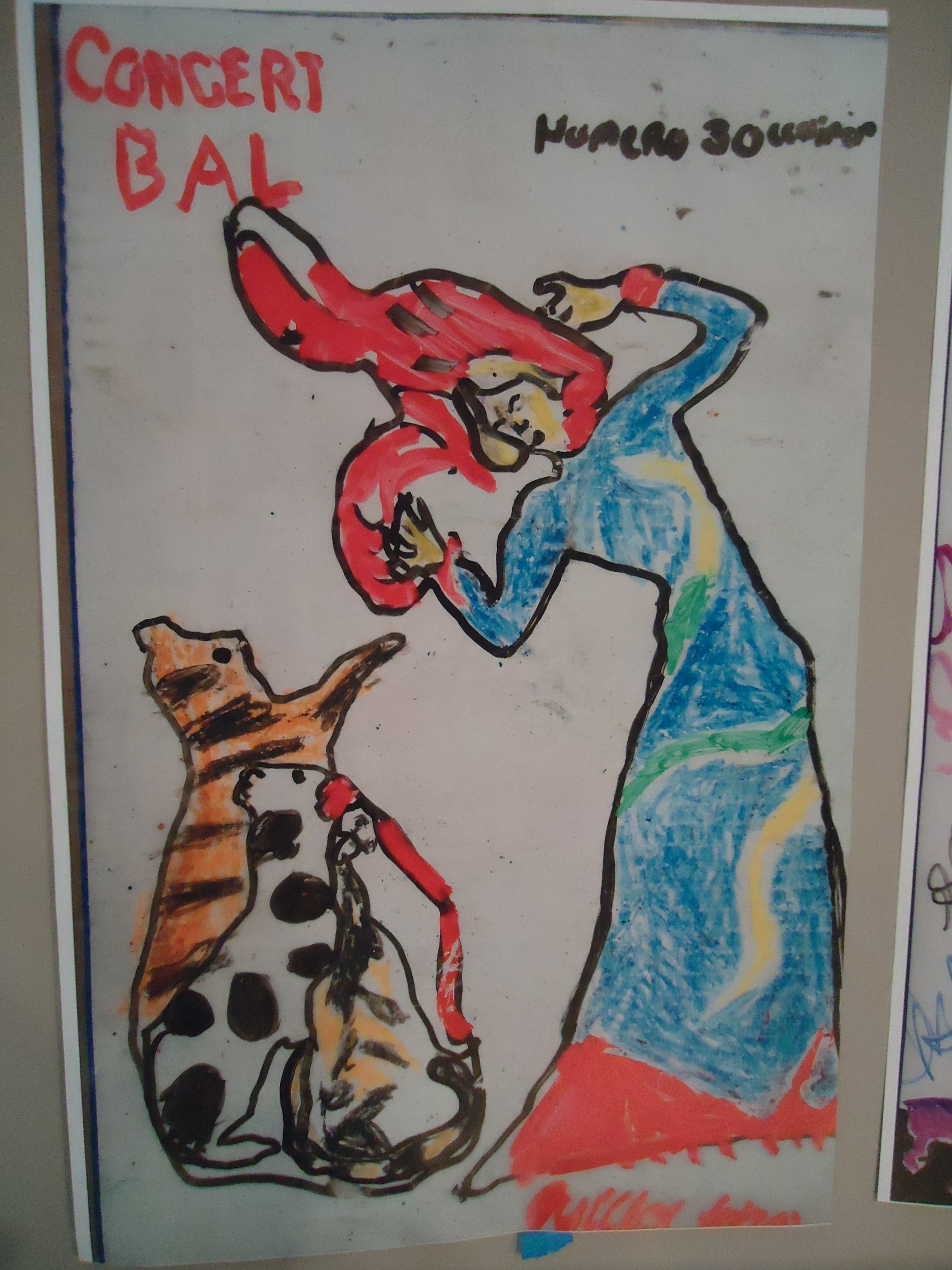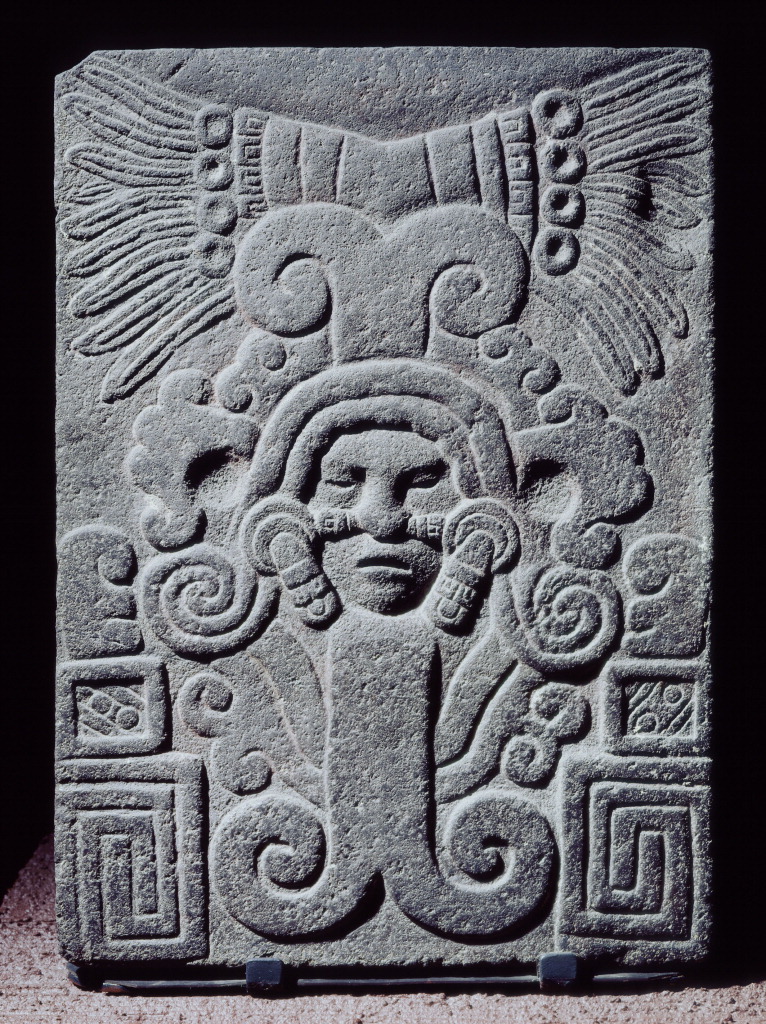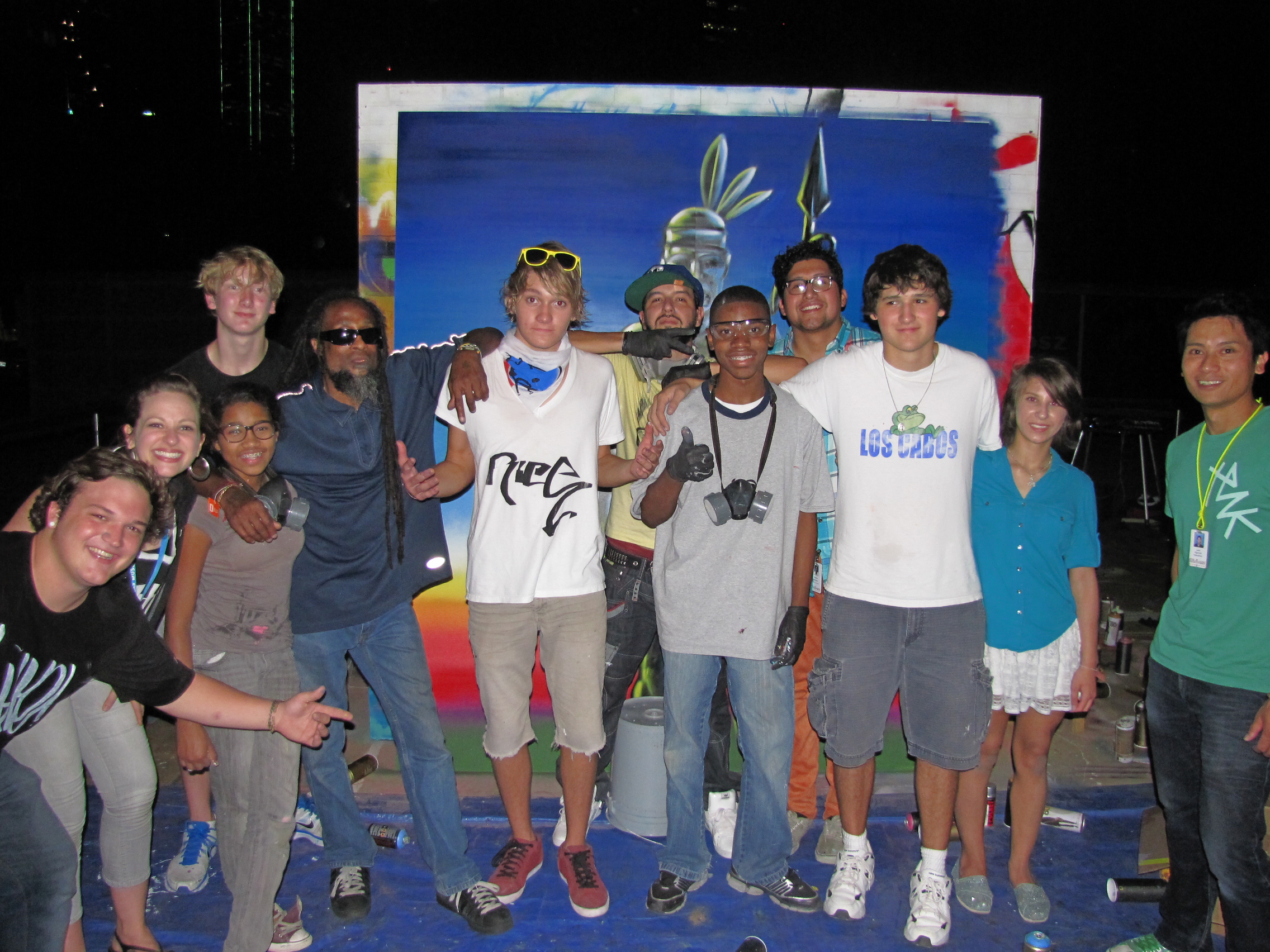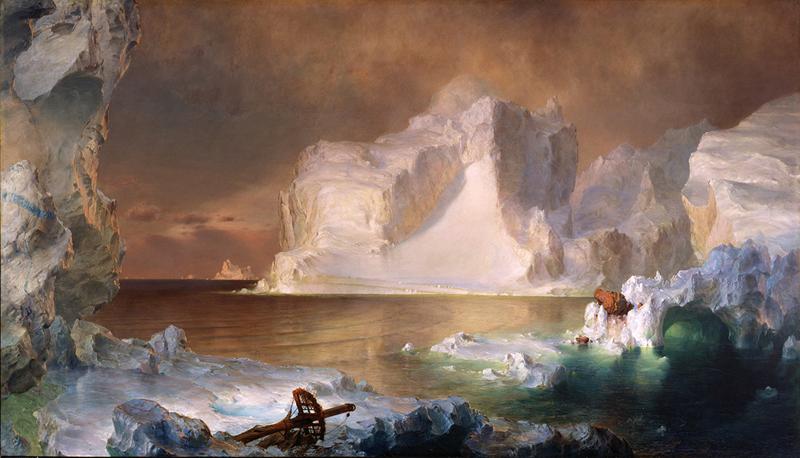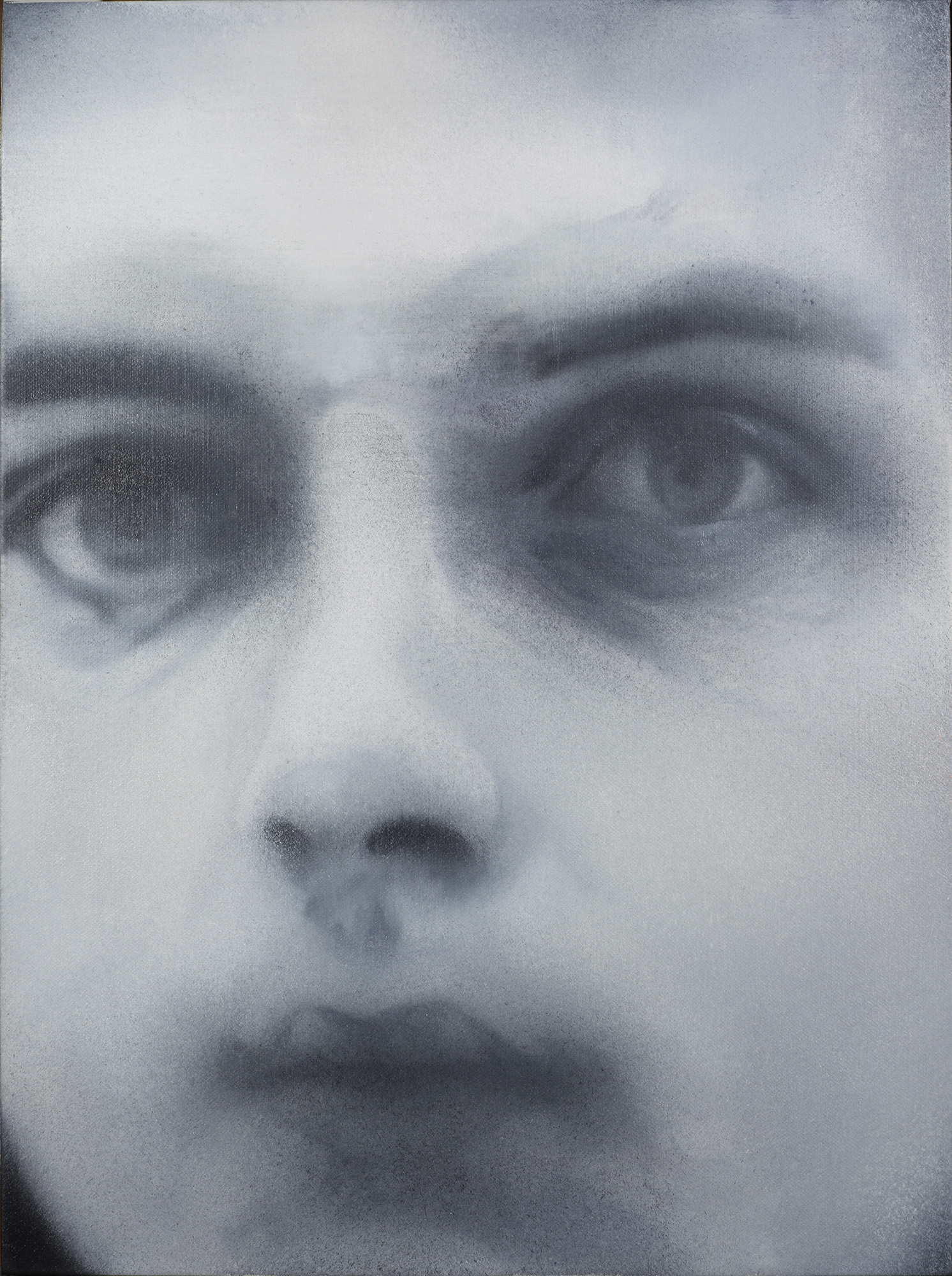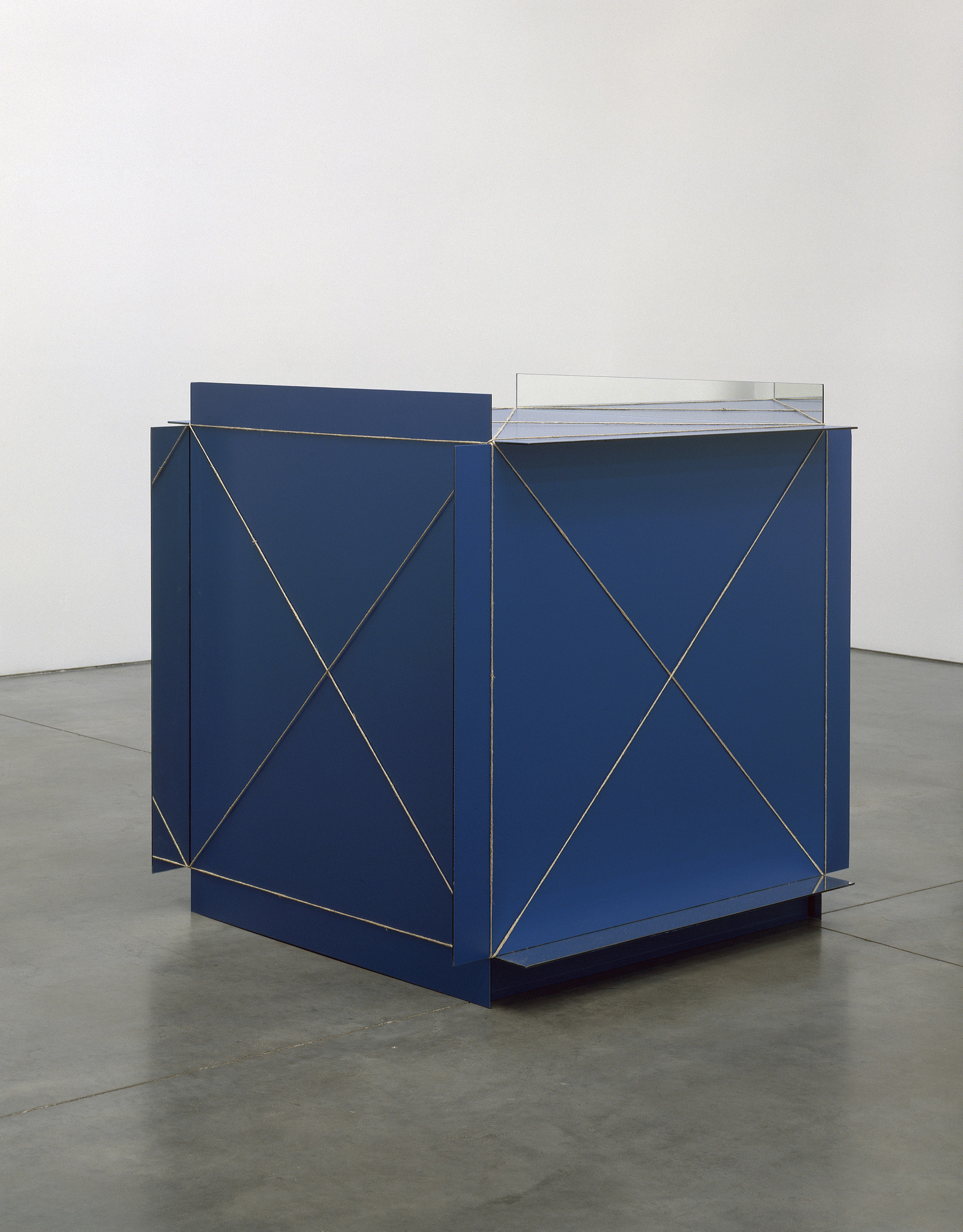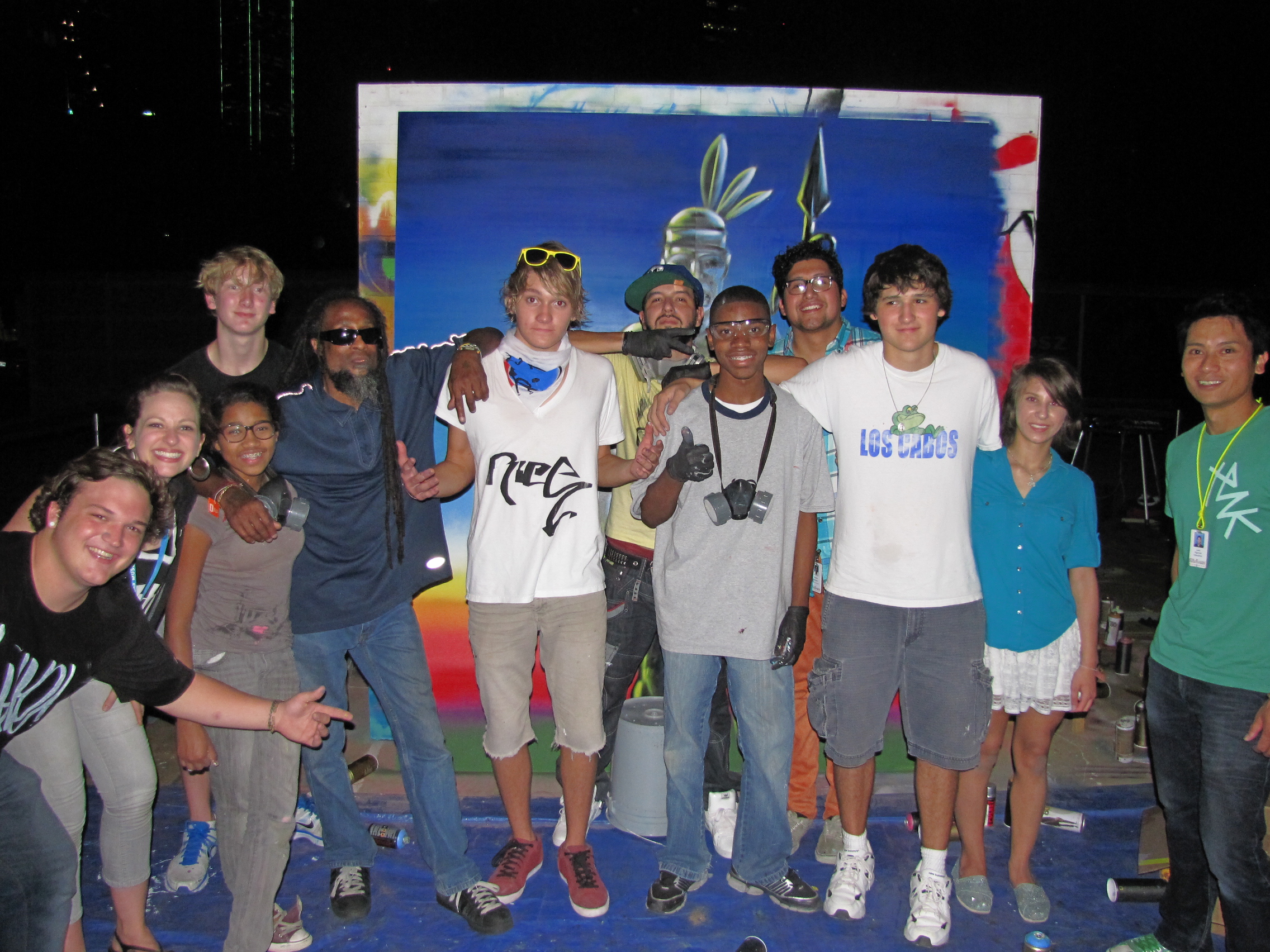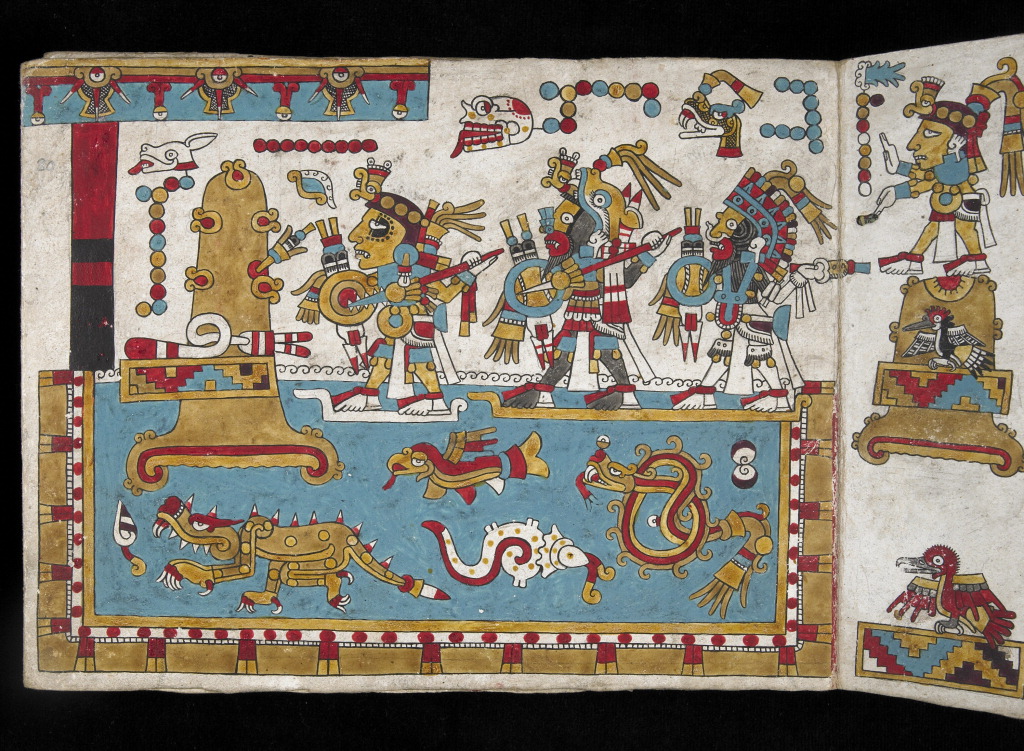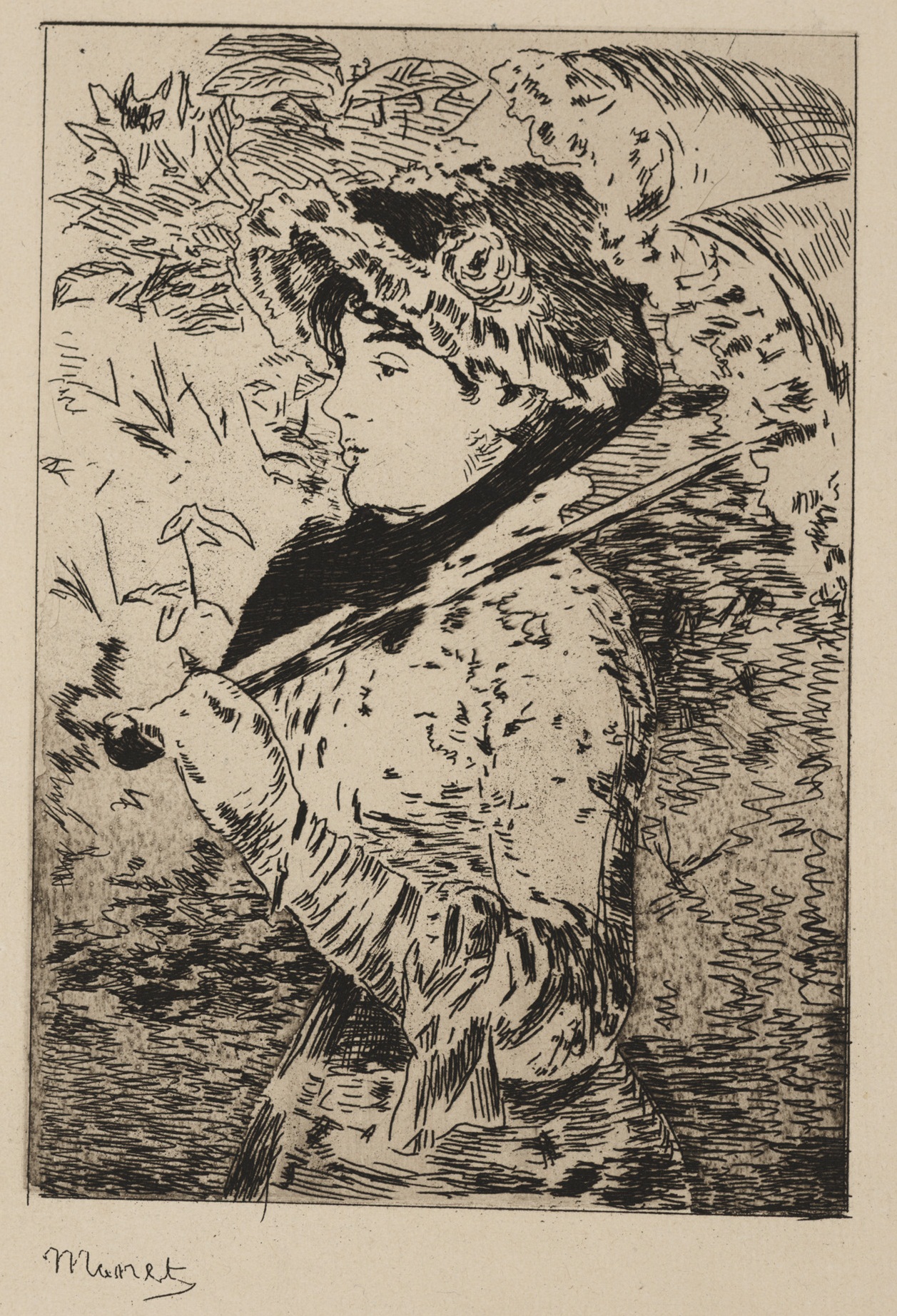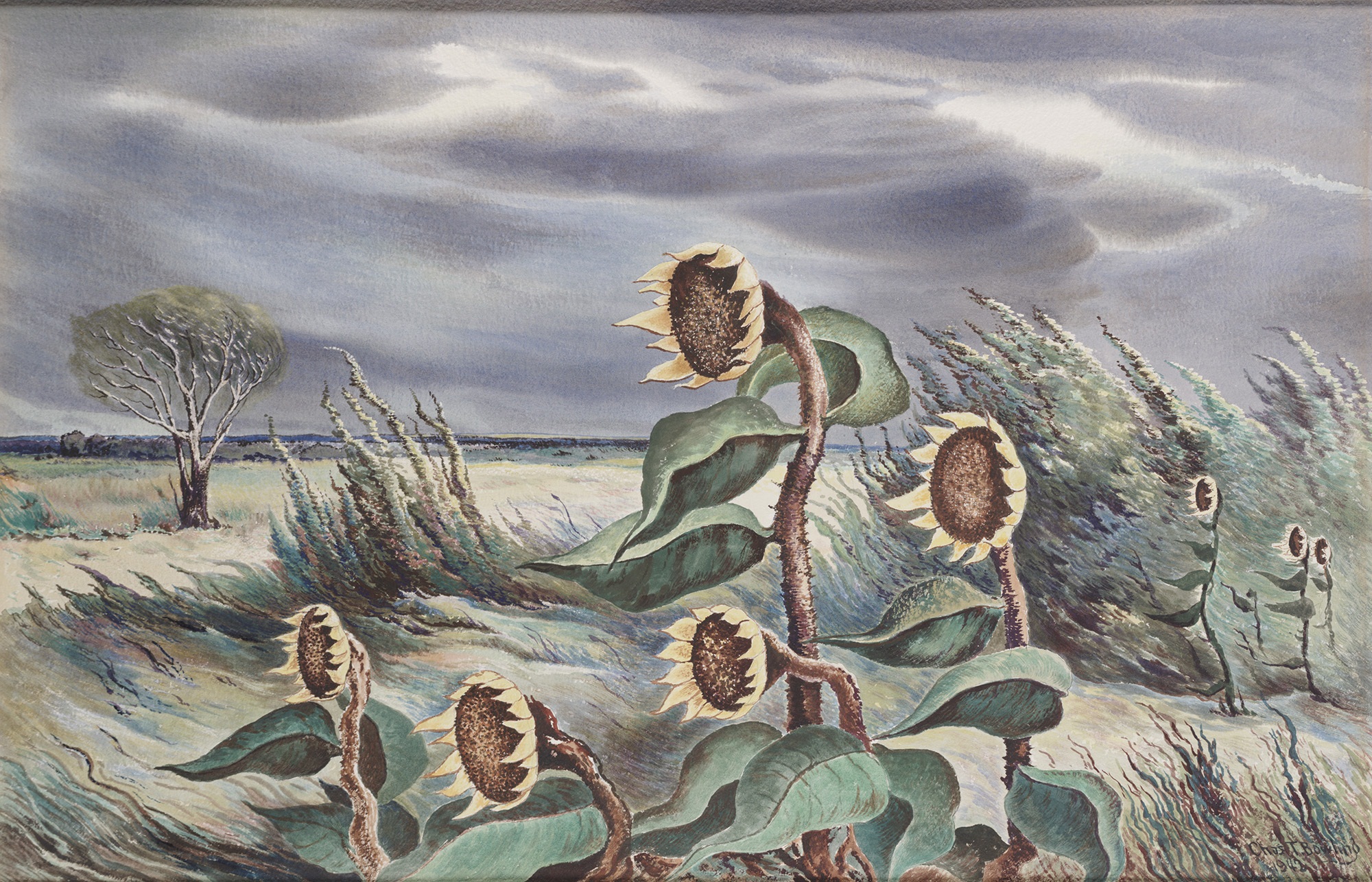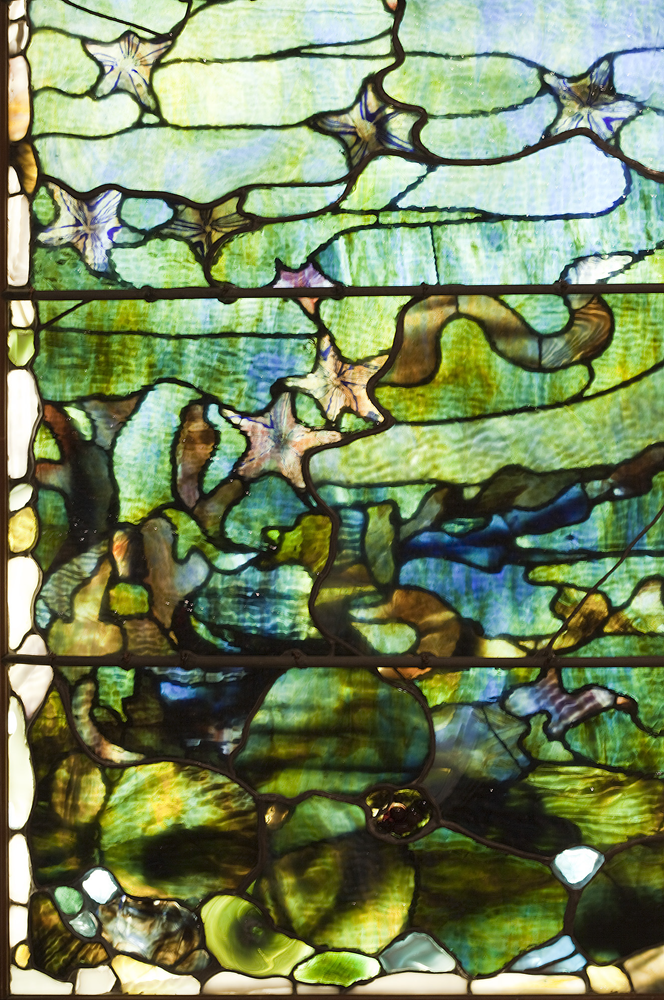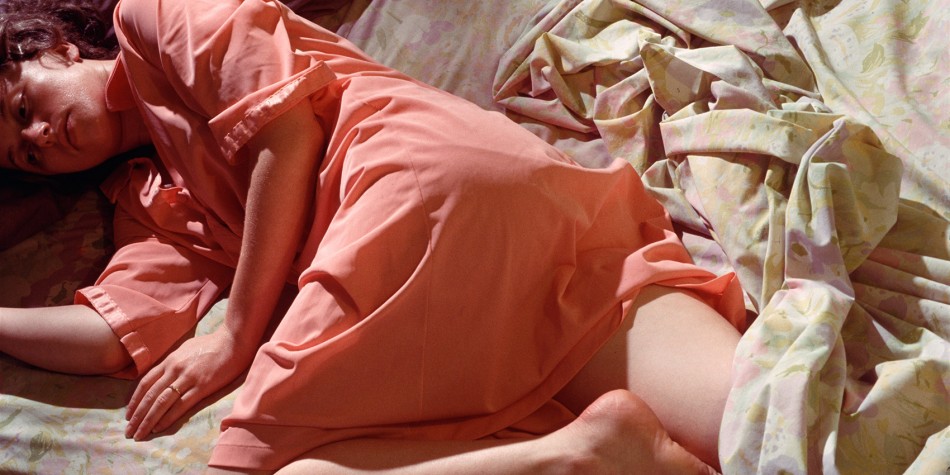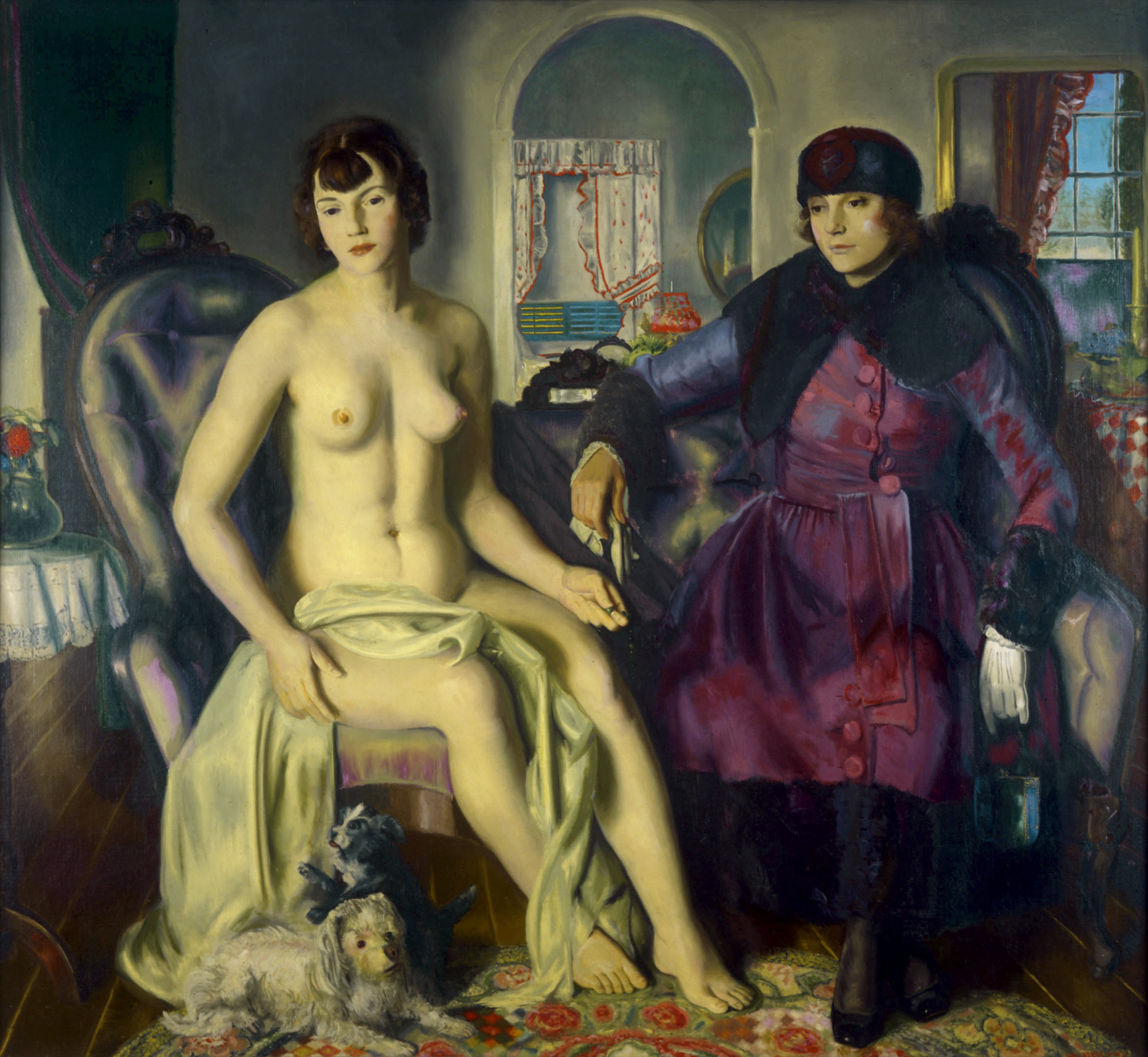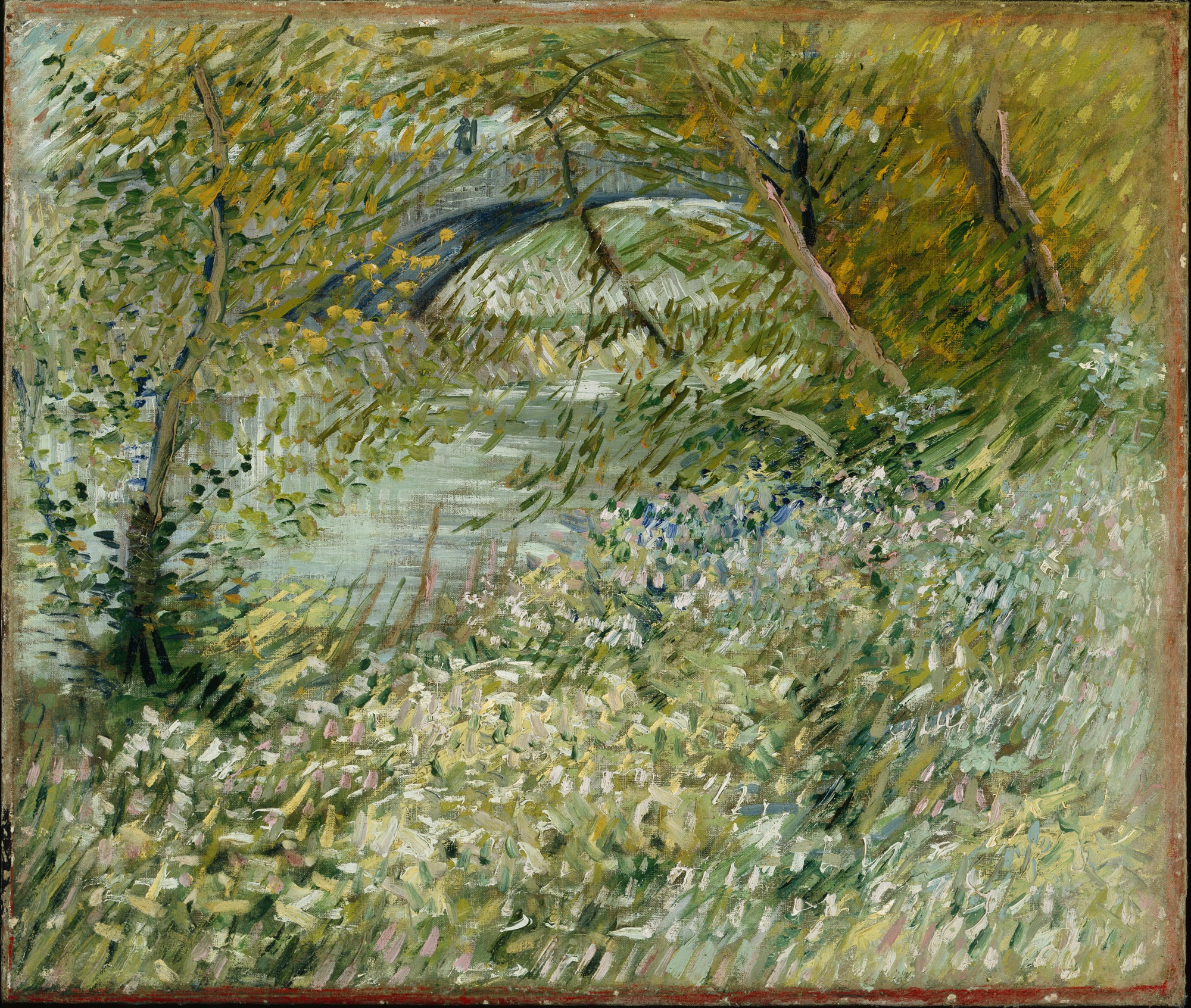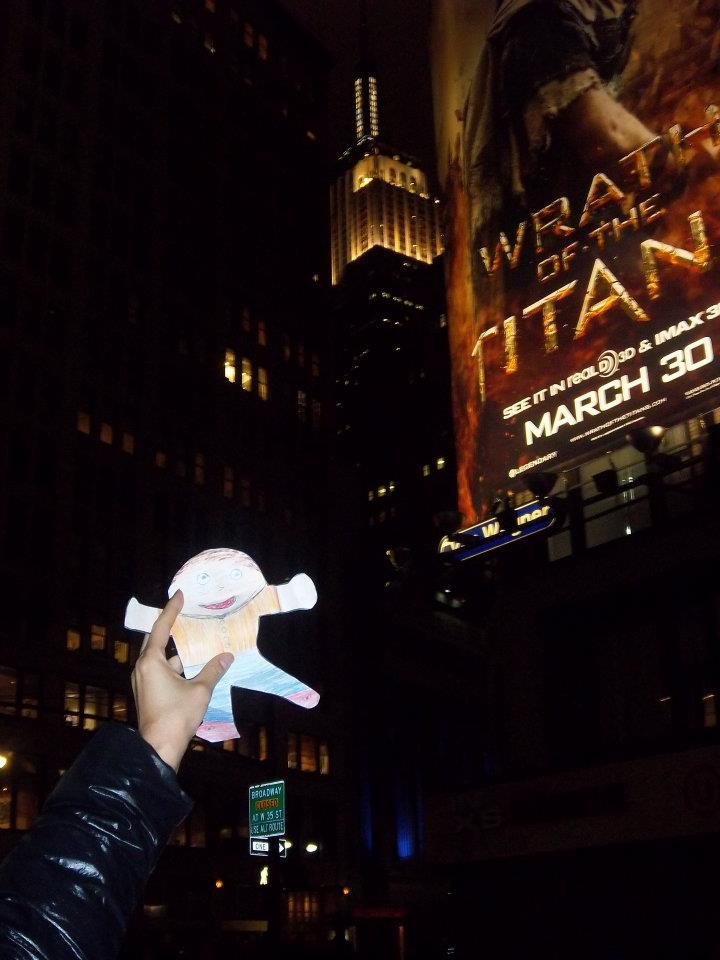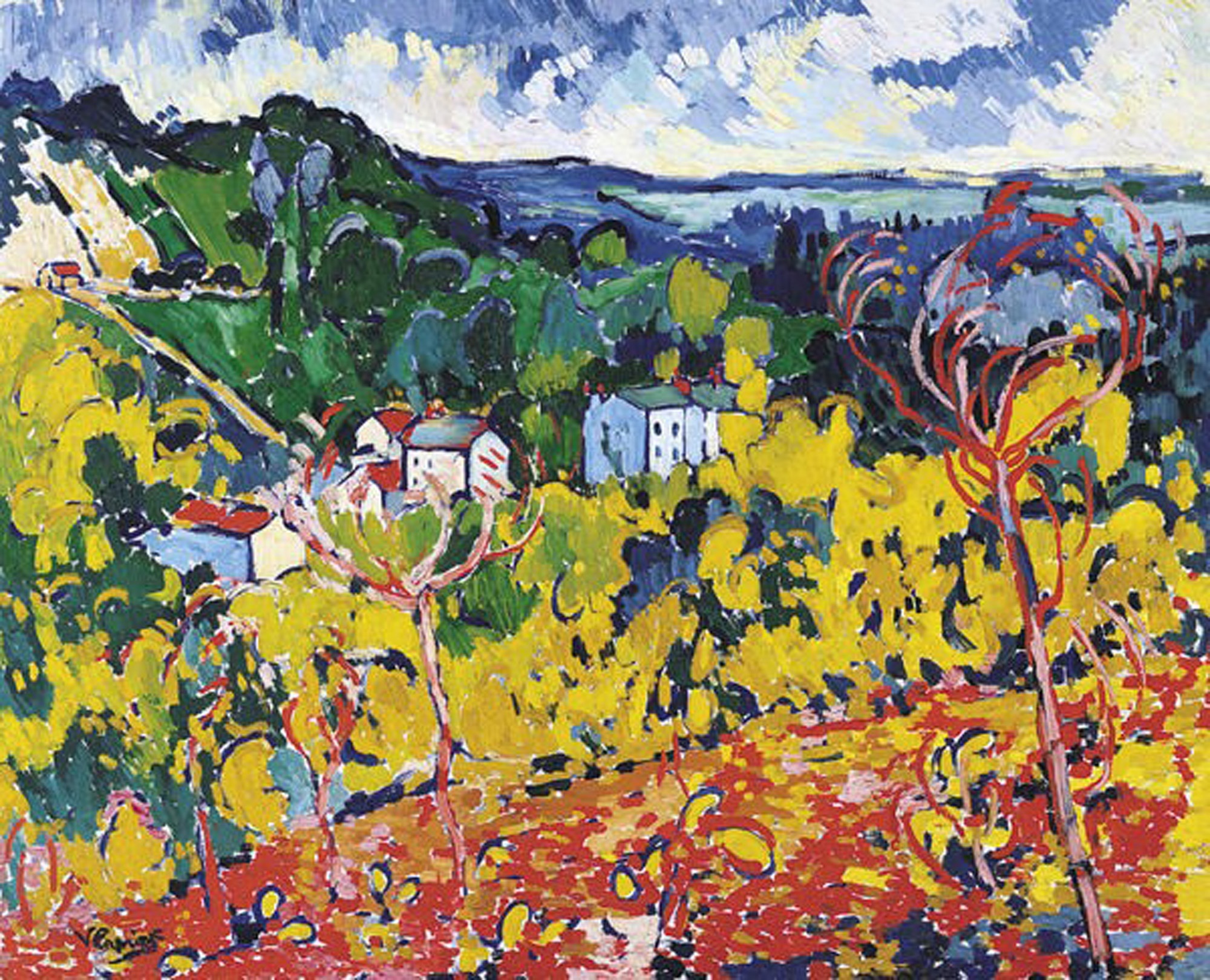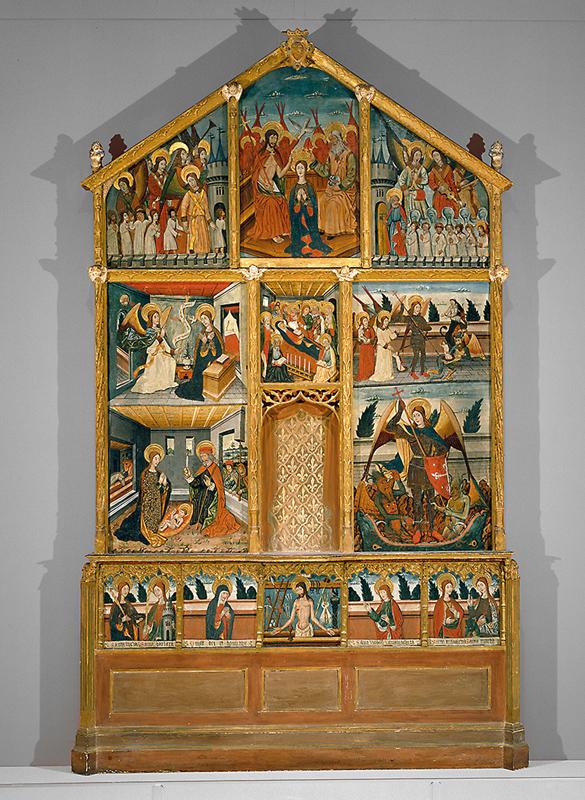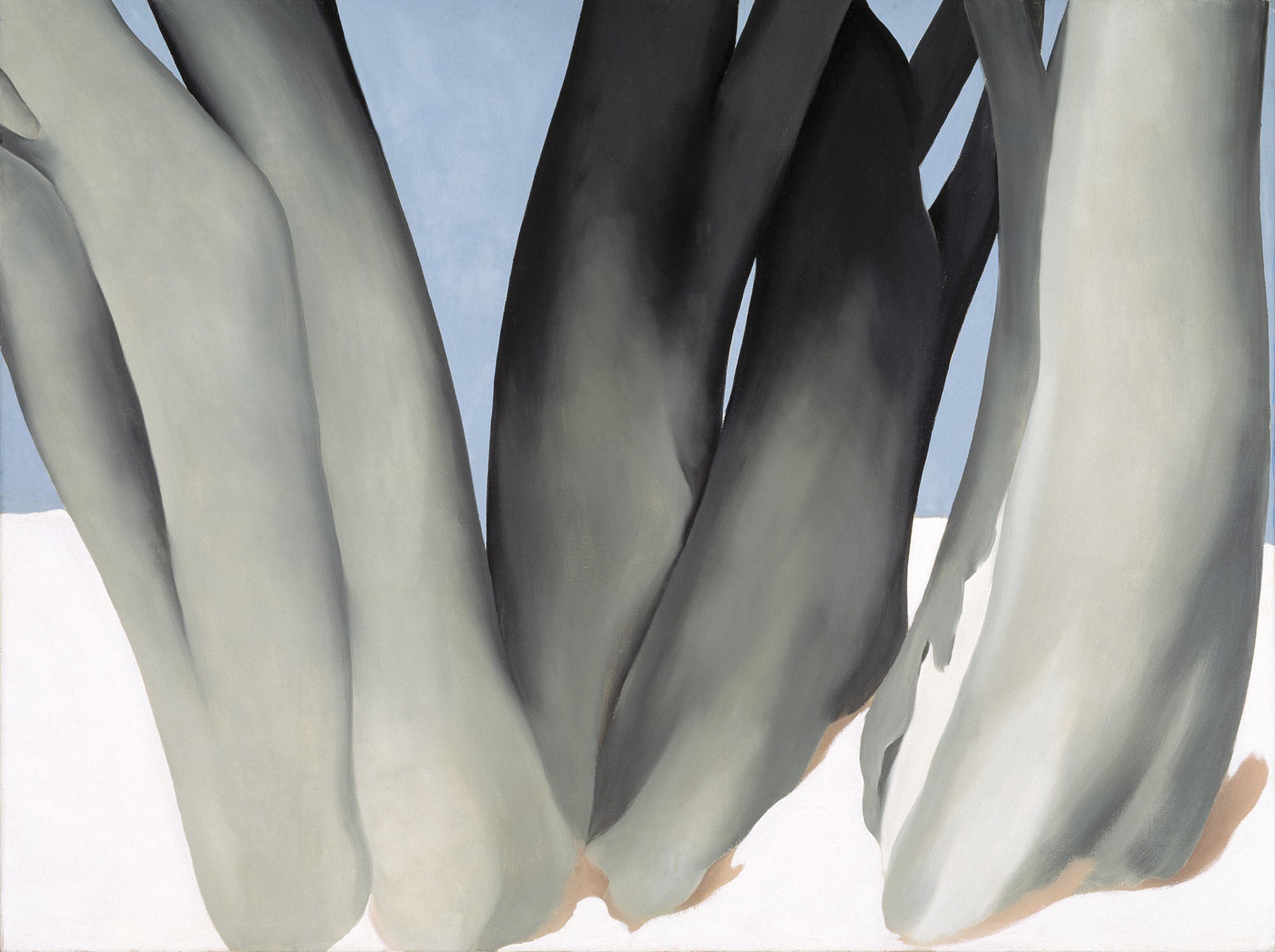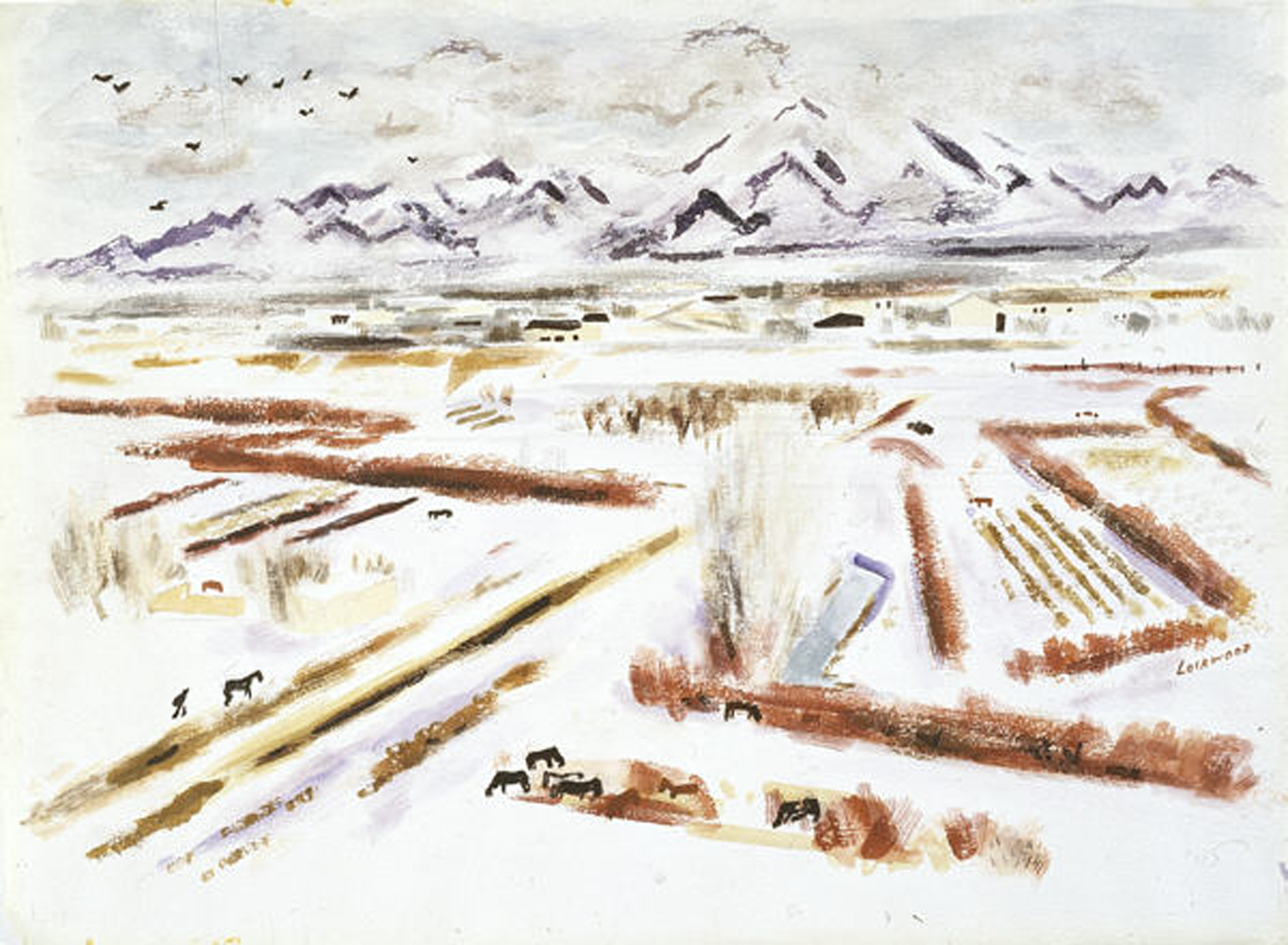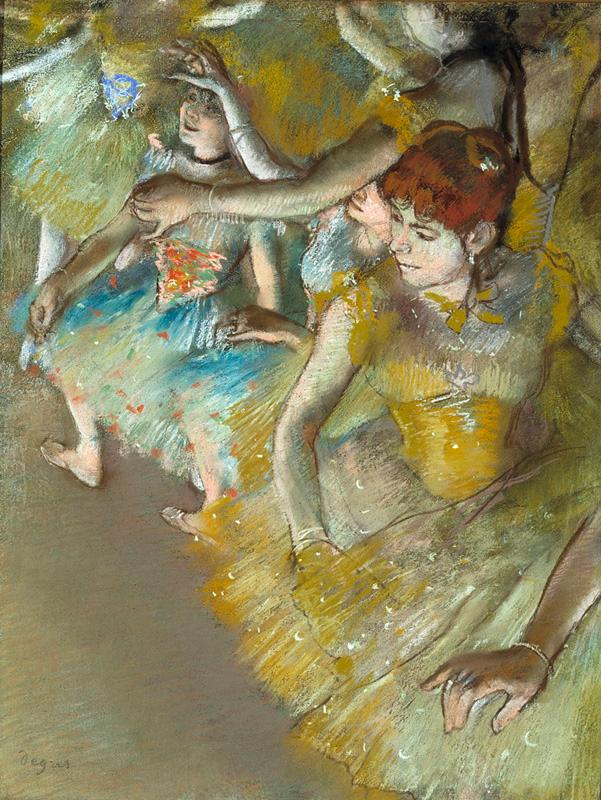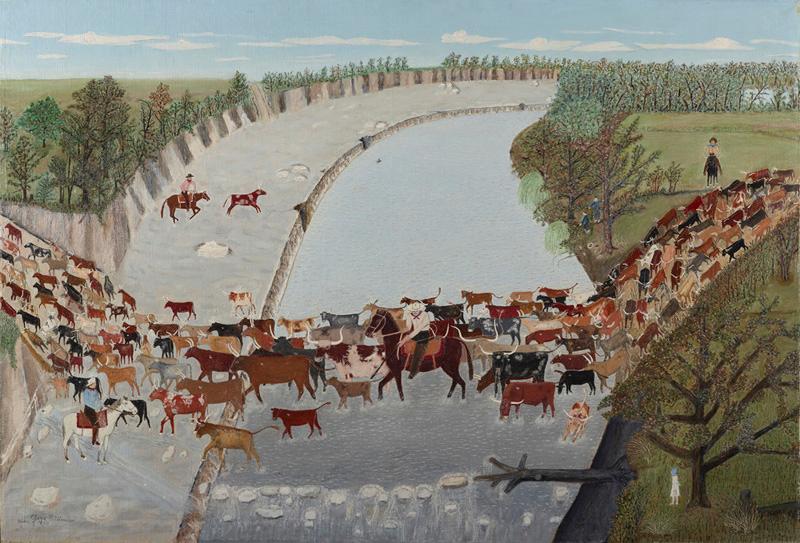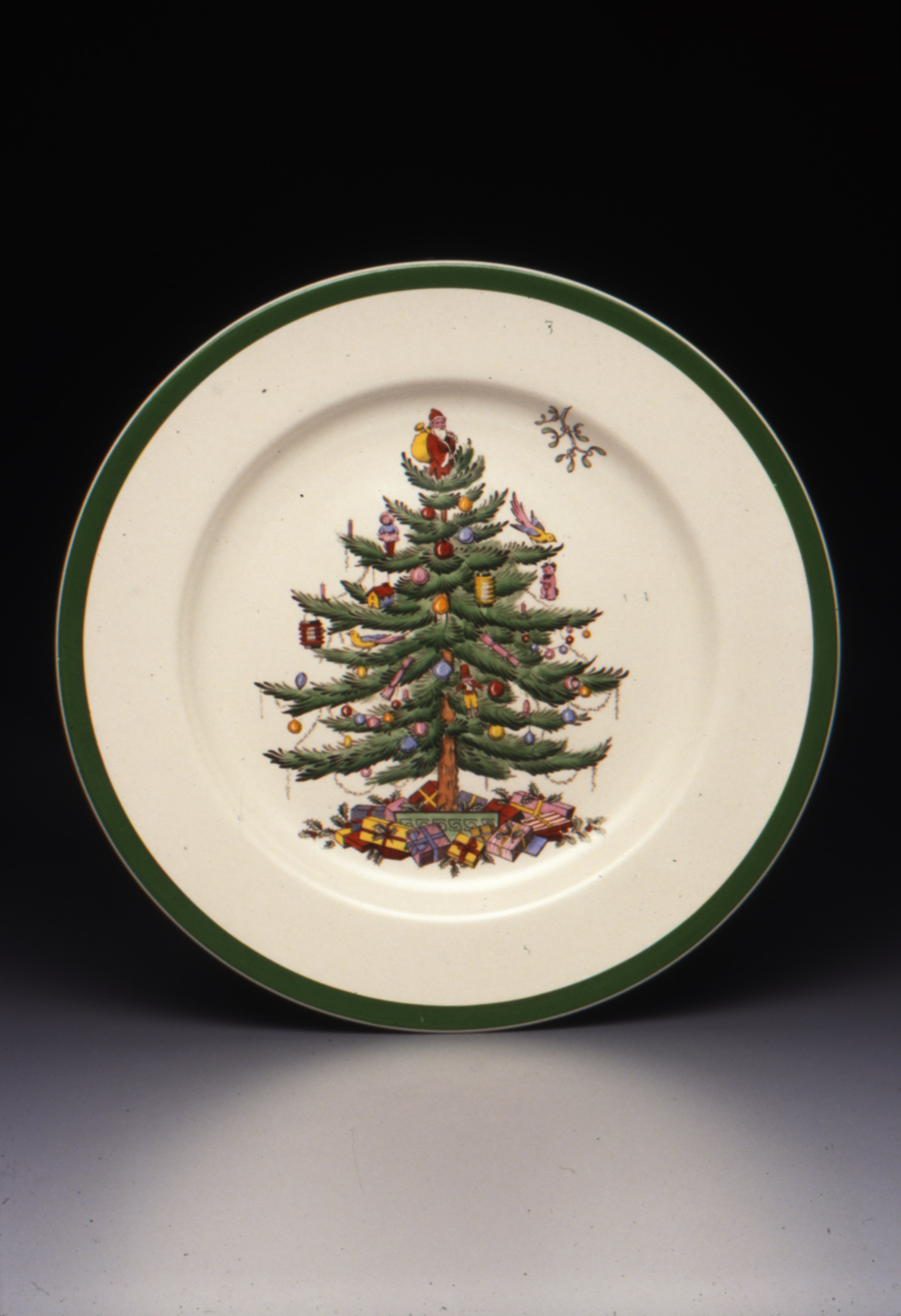
A view of the Esplanade at Fair Park from Jessica Thompson, Manager of Teen Programs.
Last Tuesday was our sixth annual Education Fair Day, a chance to escape the chill of the Museum for some deep-fried fun in the sun at the State Fair of Texas. For some, like Jessica Thompson, going to the Fair is a time-honored tradition. Jessica’s paid a visit to Big Tex nearly every year of her life. For others, like our McDermott Interns, it was a super-sized introduction to a slice of Texas history and culture.
Emily Wiskera and I tackled the trip together. While we chowed down on Fletcher’s corny dogs (a must!), admired the blue ribbons in the creative arts building, and searched for our favorite haunted house ride, I started wondering about what connections could be made between the fair and the DMA. A set of photographs recently installed in the Center for Creative Connections certainly provides some fair feels, but what about elsewhere in the Museum?
State and World’s Fairs
- Official 2016 State Fair of Texas poster, image from http://bigtex.com/2016theme/
- Hemisfair, San Antonio, 1968, Robert Indiana, Dallas Museum of Art, gift of Tucker Willis, © Morgan Art Foundation Ltd. / Artists Rights Society (ARS), New York
The above pair of posters was an easy connection to make. On the left, we have the 2016 State Fair of Texas poster; on the right, the DMA’s poster from the 1968 World’s Fair in San Antonio. Each was designed around a unique concept. Hemisfair, San Antonio illustrates the overarching idea of people coming from all over the globe for the World’s Fair. The artist, Robert Indiana, used circles with arrows drawn in towards a star in the south of Texas to convey this message. The star, besides featuring prominently on the state flag of Texas, acts a giant X-marks-the-spot, where the Hemisfair and San Antonio are the treasure.
Immediately recognizable in the State Fair of Texas poster is our celebrity cowboy, Big Tex, surrounded by fields, livestock, and farming equipment. The design is graphic, straight forward, and conveniently explained by a page from the State Fair of Texas website:
Originally established as a livestock exposition back in 1886, it is without question that the Fair has deep roots in agriculture. In honor of its history, the Fair constantly strives to promote agricultural education and aims to further support this initiative through its 2016 event, themed “Celebrating Texas Agriculture.”
Though on different scales, state fairs and world’s fairs both bring people together for a variety of cultural experiences. Here’s how the State Fair of Texas compares to world’s fairs:
- The State Fair of Texas, at 24 days per season, is the longest running state fair in the United States. A World’s Fair can last up to six months–the 1968 Hemisfair in San Antonio did!
- An estimated 1.5 million – 3 million people attend the State Fair of Texas each year. For reference, the population of Dallas is 1.3 million people, and Texas’ population is 27.47 million people. The 1968 Hemisfair brought in 6.4 million people from all over the world, and the recent 2015 Expo (or World’s Fair) in Milan had 20 million visitors.
- This year marks the 130th anniversary of the State Fair of Texas in Dallas. In contrast, world’s fairs are held in a new city and country every year.
Creative Arts

Baltimore, Maryland, “Album” quilt, c. 1861, Martha E. Keech, Dallas Museum of Art, anonymous centennial gift
The Baltimore album quilt above, despite being 155 years old, isn’t too different from a quilt you might find on a visit to the creative arts building. This kind of quilt, with its trademark white background and squares (or blocks) with floral designs in red and green, first became popular in… you guessed it: Baltimore! The style remains popular today. This particular album quilt was made by hand by one woman, Martha E. Keech. Sometimes groups of women would join forces to make one of these quilts and each would sew one block and sign their name, hence: an album quilt.
The more than 25 categories for quilts at the State Fair this year include sections for ones made by individuals, pairs, and groups, both by hand and by machine. Overall, there are over 1,100 categories in the creative arts competitions! Many people are familiar with submissions like pies, quilts, and collectibles, but did you know the Fair also has LEGO assembly categories for kids and adults, as well as a “Glue a Shoe” contest? This year’s Glue a Shoe contest features such entries as “Grumpy Flat,” after everyone’s favorite internet cat, and “Hamilton: An American Shoesical.”
Fantastic Foods
- Maize and Windmill, 1937, Otis Dozier, Dallas Museum of Art, The Barrett Collection, Dallas, Texas, ©Denni Davis Washburn, William Robert Miegel Jr, and Elizabeth Marie Miegel
No Fair day is complete without sampling some of the sensational snacks! Here are some numbers from Eater Dallas on a fair-goer favorite, Fletcher’s corny dogs:
- On average, 630,000 corny dogs are sold each 24-day State Fair of Texas run.
- Fletcher’s is in its 74th year of selling corny dogs at the Fair.
- To satisfy corndog purists, 1,500 gallons of mustard are needed each year.
- To satisfy heathens like myself (see selfie above), only 800 gallons of ketchup are required.
Yes, corn (sometimes called maize) is a key ingredient in the batter used for corny dogs, but it’s more than a family resemblance that ties together this State Fair staple and Otis Dozier’s Maize and Windmill. Dozier, a native Texan, was a member of a circle of artists called the Dallas Nine. He regularly submitted works of art to the State Fair of Texas’s creative arts competitions – and he often won. According to a DMA docent, Maize and Windmill is one such blue ribbon winner!
A bonus connection: Dozier’s upbringing on a Mesquite farm instilled in him a lifelong love of agriculture which can be found in his many paintings of farms, fields, flora, and fauna. This ties in pretty neatly with this year’s Celebrating Texas Agriculture theme, don’t you think?
The Fair closes this Sunday, October 23, but these three works of art will still be here to greet you on your next visit, up on Level 4. What other fairly relevant connections can you find? You know that something has to relate to the butter sculpture!
Jennifer Sheppard
Teaching Specialist
